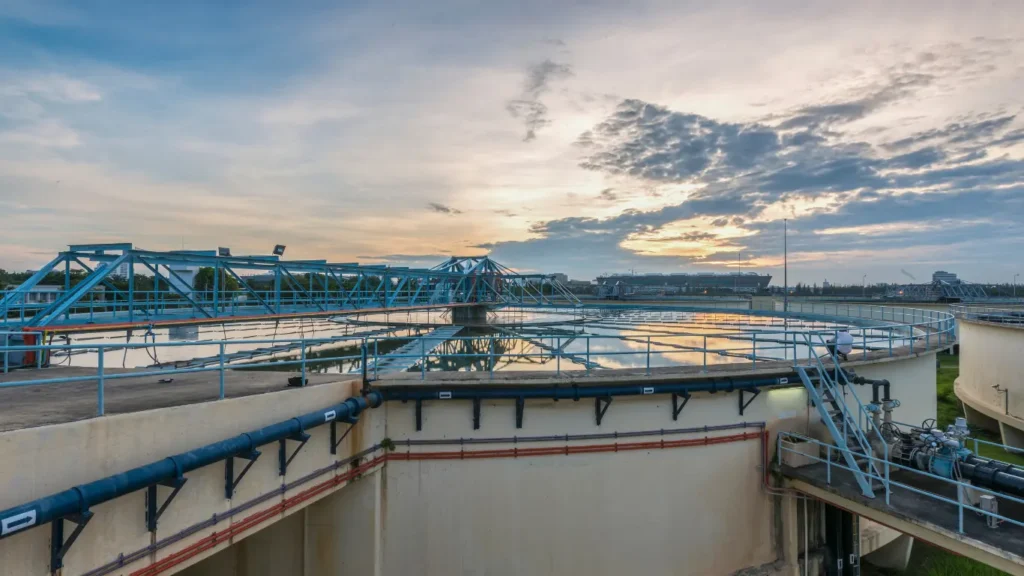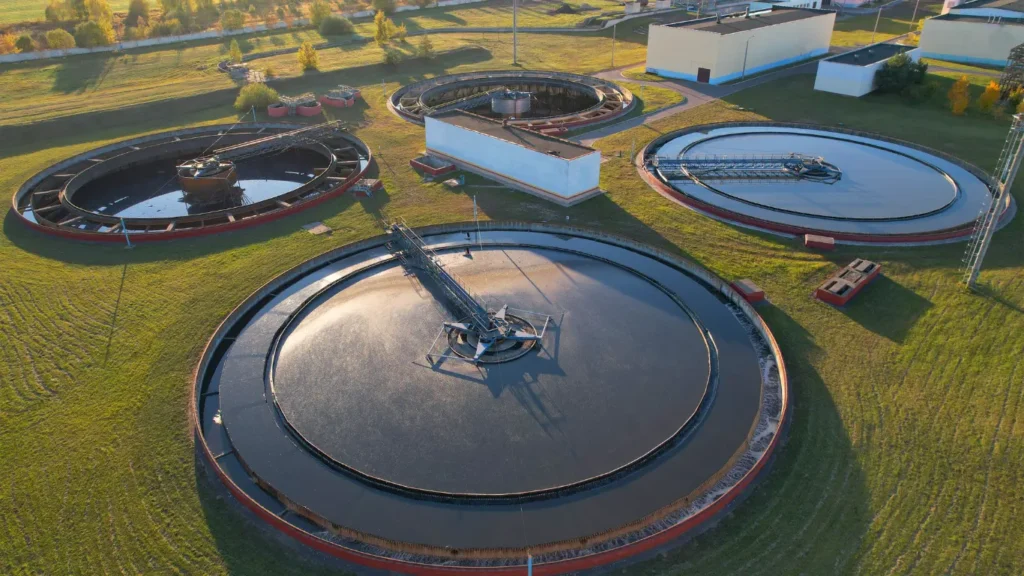In recent years, the management of wastewater has gained significant importance, driven by stringent environmental regulations and the global push towards sustainability. Zero Liquid Discharge (ZLD) processes have emerged as a critical solution, designed to minimize wastewater disposal by recovering water and valuable resources. This discussion provides a comparative analysis of biological and chemical wastewater treatment methods within ZLD processes, exploring their benefits, limitations, and applications.
Water treatment is a comprehensive process aimed at improving water quality by removing contaminants, especially in industrial settings where large volumes of wastewater are produced. ZLD is an advanced strategy for managing wastewater, ensuring that no liquid waste is discharged into the environment. Instead, it focuses on recovering water for reuse while minimizing waste generation, making it a cornerstone of sustainable water management.
Transform your wastewater challenges into solutions—Call now!

ZLD processes generally involve multiple stages. The initial stage, known as pre-treatment, focuses on removing larger solids and contaminants. Following this, primary treatment reduces organic matter and suspended solids. Secondary treatment further breaks down organic matter, often utilizing biological methods. The final stage involves concentration and crystallization, which recovers water and solid waste, typically using advanced chemical treatment methods.
Biological wastewater treatment relies on natural processes to decompose organic matter. Microorganisms like bacteria and fungi play an essential role in breaking down contaminants present in wastewater. One of the most commonly used methods is the activated sludge process, where microorganisms consume organic pollutants in aerated tanks. This process is effective in treating high-strength wastewater, generating biomass that can either be recycled or disposed of. The key advantages of this method include its cost-effectiveness and sustainability, as it relies on natural processes and reduces the need for harmful chemicals. However, it requires longer treatment times and is sensitive to toxic substances that can adversely affect its performance.
Another biological treatment method is the Sequencing Batch Reactor (SBR), a variation of the activated sludge process that operates in batches. This system combines treatment and settling in a single tank, making it suitable for small to medium-sized wastewater treatment plants. SBR systems offer flexibility in handling varying flow rates and concentrations, and they require less space compared to continuous flow systems. However, they are operationally complex and demand careful monitoring, with potentially higher initial capital costs.
Make the eco-friendly choice! Contact us for innovative biological wastewater solutions!
On the other hand, chemical wastewater treatment involves the use of chemicals to eliminate contaminants. Common methods include coagulation, flocculation, and advanced oxidation processes (AOPs). In coagulation and flocculation, chemicals are added to wastewater to destabilize suspended particles, which then aggregate into larger particles for easier removal. This method offers the advantage of rapid treatment, being faster than biological methods in removing solids and turbidity. It is also effective against a wide range of pollutants, including heavy metals. However, the use of chemicals poses environmental risks, and this method generates a significant amount of sludge that requires disposal.
AOPs, which utilize powerful oxidants such as ozone, hydrogen peroxide, or UV light, are particularly effective in breaking down stubborn organic contaminants. These processes are known for their high efficiency and ability to treat recalcitrant compounds that are difficult to remove through conventional methods. They also produce less waste compared to traditional methods. Nonetheless, AOPs are more costly to operate, requiring specialized equipment and incurring higher energy costs, along with handling risks associated with the chemicals involved.
When comparing biological and chemical wastewater treatment methods within ZLD processes, several factors emerge. In terms of effectiveness, biological treatments are highly efficient at removing organic matter, though they may struggle with inorganic pollutants and toxins. Chemical treatments, being more versatile, can treat a wider range of contaminants, including heavy metals and toxic compounds. From an environmental impact perspective, biological treatments are generally more sustainable, relying on natural processes and minimizing chemical usage. Chemical treatments, on the other hand, carry the potential for negative environmental impacts due to chemical residues and the need for proper sludge disposal.
Cost considerations further differentiate these methods. Biological treatments tend to be more cost-effective in terms of operational expenses but require longer processing times. In contrast, chemical treatments, particularly advanced oxidation processes, have higher initial and operational costs but can deliver quicker results. Scalability and flexibility also come into play; biological treatments can be scaled up but may require substantial space and infrastructure, whereas chemical treatments are more flexible and adaptable to various treatment scenarios.
As industries increasingly prioritize sustainability, several trends are emerging in ZLD and water treatment. Smart technologies, such as automation and IoT devices, are being integrated into treatment systems to monitor processes in real time and improve efficiency. There is also a growing interest in hybrid systems that combine biological and chemical methods to leverage the benefits of both. Additionally, there is a heightened focus on resource recovery, with efforts to reclaim valuable resources like nutrients and energy from wastewater.
In the evolving field of wastewater treatment, both biological and chemical methods play essential roles in ZLD processes. Understanding their respective strengths and limitations is crucial for choosing the right treatment method for specific applications. At its core, effective water treatment not only protects the environment but also contributes to a more sustainable future. As we continue to advance, embracing innovative approaches and technologies will be key to meeting the challenges of water management and resource recovery.
At Scaleban Equipments Pvt. Ltd., we are dedicated to delivering sustainable solutions for wastewater treatment. With our expertise in advanced technologies, we ensure that you achieve efficient and sustainable outcomes. Partner with us to build a cleaner, greener future through effective water treatment solutions that make a difference.
